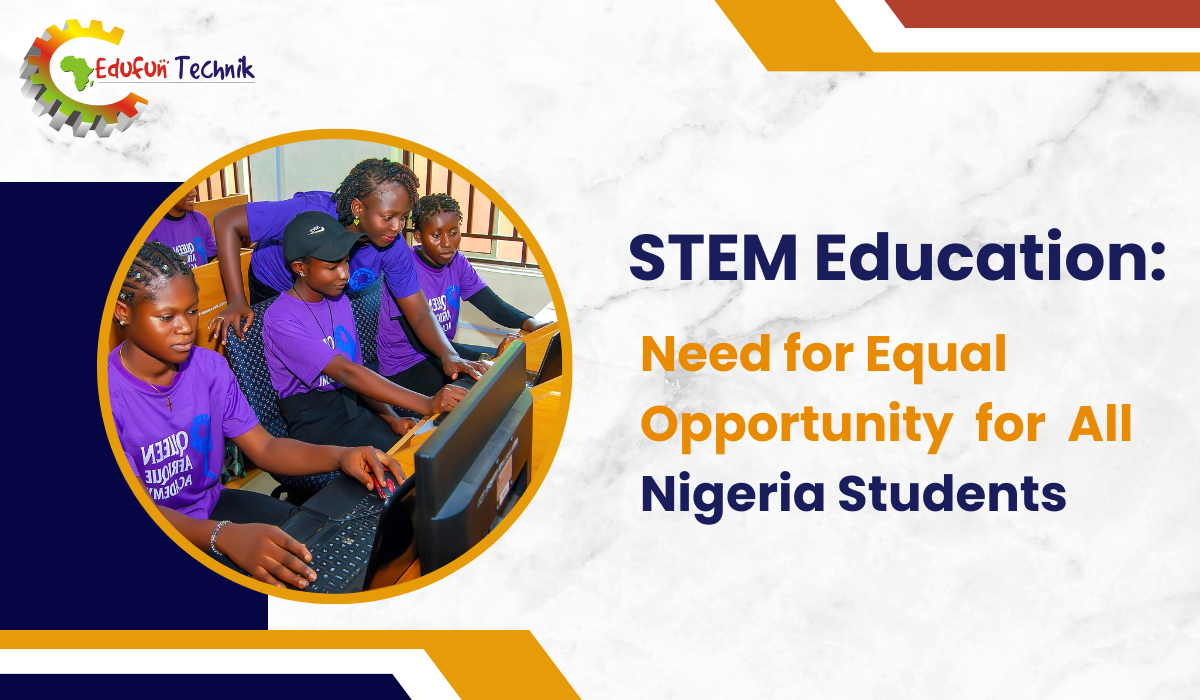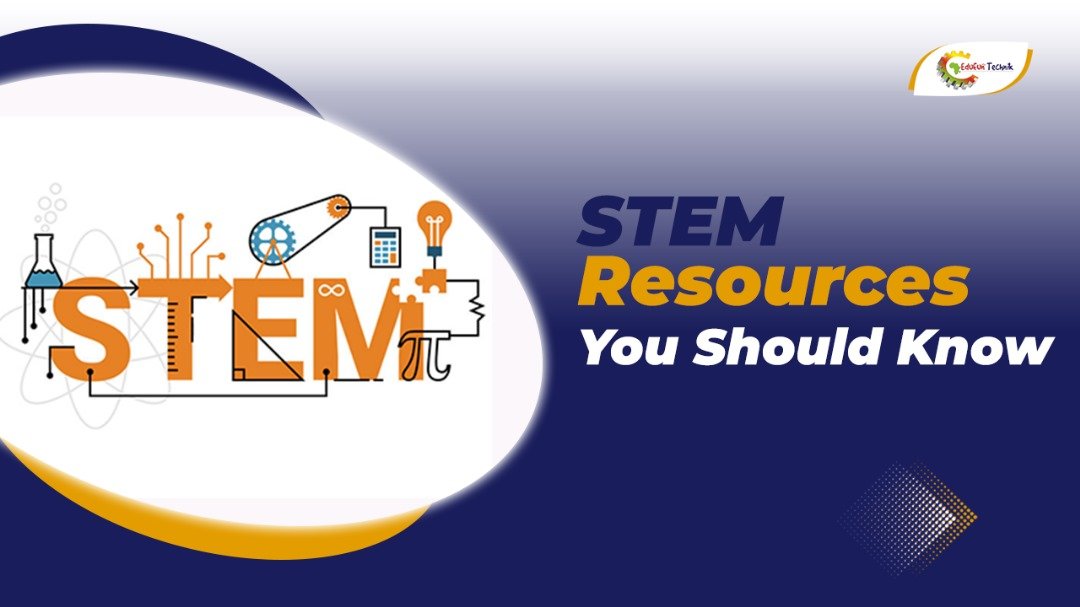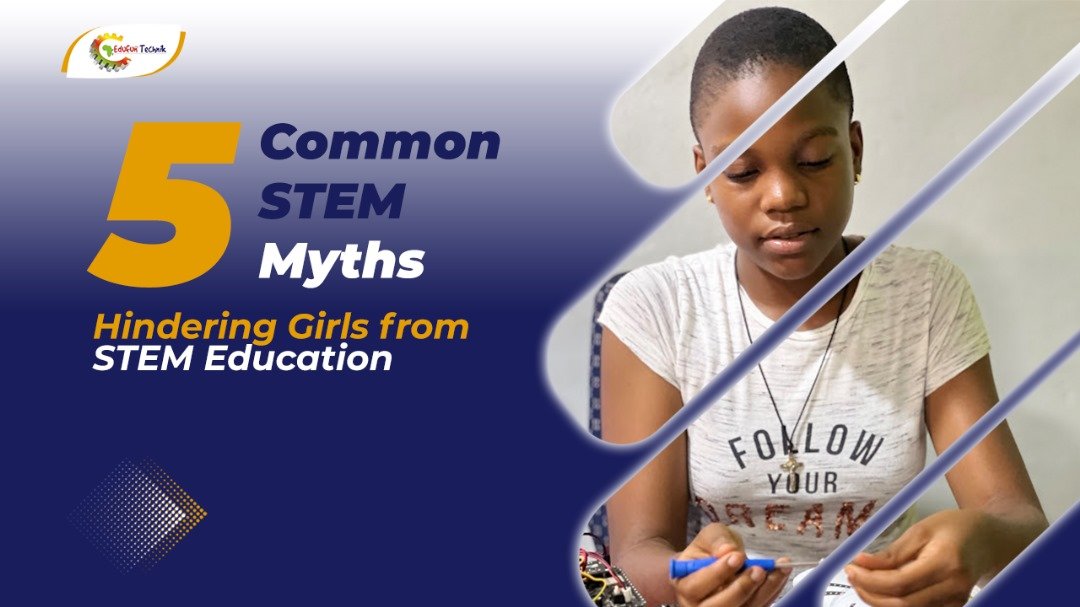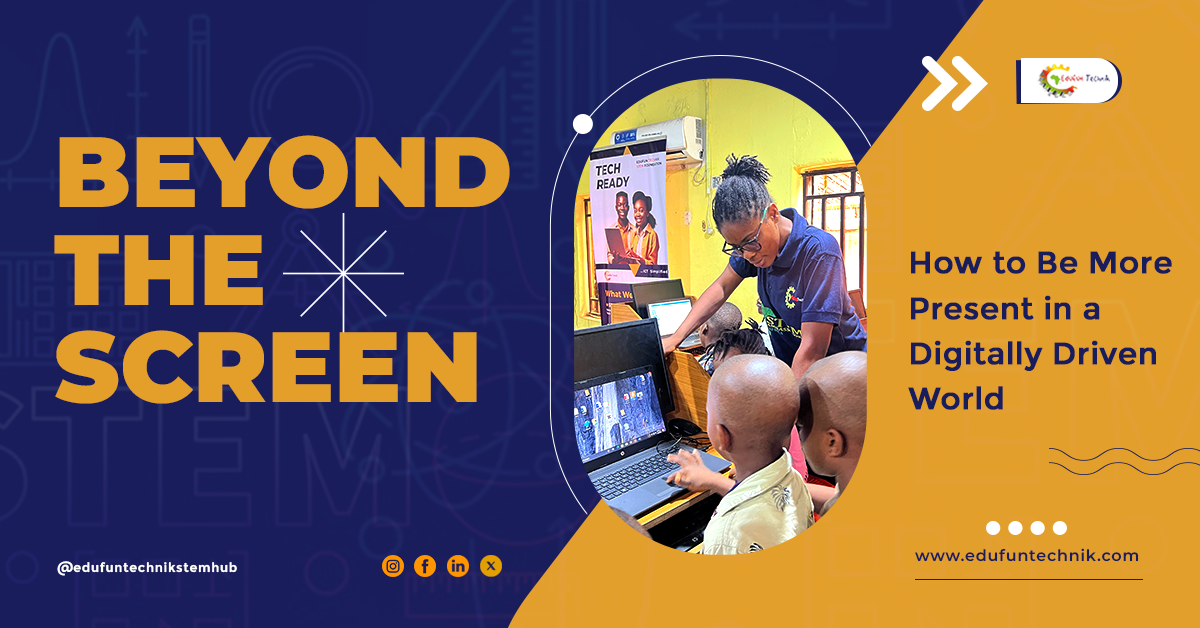STEM education is crucial for the development of any society in this 21st century. The sector’s role as catalyst for national development cannot be overstated. Montgomery and Fernández-Cárdenas in their research paper, Teaching STEM education through dialogue and transformative learning rightly linked STEM education to national economic growth, human capacity development and GDP. Hence, following the reformation of Science, Technology, Engineering and Mathematics (STEM) education by the United States National Science Foundation in 2001, there’s been a widespread adoption by the rest countries of the world including Nigeria.
Equal opportunity in STEM education is essential for Nigeria’s development and the success of its students. For years, there’s been calls by state actors, civil societies and individuals on the need to promote STEM education across Nigeria. This includes the 60:40 ratio admission ratio policy in the country’s tertiary institutions through the National Policy on Education. Albeit there seems to be a wide gap between policy formulation, implementation, media rounds and reality as there continues to be a downward trajectory year on year.
These gaps can be seen in inequality of access and opportunities to STEM education for Nigerian students and comes either through location (urban-rural) or gender disparity. On gender disparity in one hand, the Nigeria University Commission data released in 2019 reveals female enrollment percentage in Engineering and Technology discipline(s) against male stood at 12.06%:87.06%, while enrollment percentage maintained same poor status at 27.6%:72.4% in the Sciences. On the other hand, the adoption of STEM education by students seems higher in urban centres than in rural areas.
Importance of STEM Education
STEM education plays a pivotal role in Nigeria’s development. It equips students with the knowledge, skills, and critical thinking abilities necessary to drive innovation, solve problems, and trigger economic prosperity. By investing in STEM education, Nigeria can cultivate a skilled workforce that can compete on a global scale. Further, STEM education imbibes a culture of inquiry, creativity, and problem-solving, which are essential for addressing the country’s various challenges, such as poverty, healthcare, and environmental issues.
Current Challenges Facing STEM Education in Nigeria
Despite its importance, STEM education in Nigeria faces several significant challenges that has led to two distinct outcomes in the sector – location and gender disparities. One of the most pressing issues is the lack of infrastructure and resources. Many schools, especially in rural areas, lack well-equipped laboratories, libraries, and computer rooms necessary for effective STEM learning. Moreover, students often have limited access to technology, such as computers, tablets, and internet connectivity, hindering their ability to engage with digital STEM resources and tools.
Another challenge is the shortage of qualified STEM teachers. There is a dearth of teachers with expertise in specialised fields like physics, chemistry, and biology in rural communities, which can limit students’ learning opportunities. Many teachers may not have received adequate training or professional development in STEM subjects, impacting their ability to effectively teach and engage students.
Gender inequality is another obstacle to STEM education in Nigeria. Societal stereotypes, behaviour and expectations often discourage girls and women from pursuing STEM careers, leading to underrepresentation in these fields. In their paper, Women Participation in Science, Technology, Engineering and Mathematics in Nigeria: Challenges and Way Forward, Okoroafor et al explain socialisation patterns hold a strong influence on a child’s mind, as it often determines the roles the child wilfully and happily plays even when it does not favour them. This stereotype they argue “continues to influence the choice of career path of students; and has negative effect particularly on the female child”. Hence, in comparison to boys, girls may have limited access to STEM resources, mentorship, and support.
Finally, curriculum issues pose a challenge to STEM education in Nigeria. The STEM curriculum in some schools especially in rural and underserved communities may be outdated and not aligned with current technological advancements and global trends. Going further, Akano Ubawuike, a lecturer at Federal College of Education, Kontagora noted “There seem to be some disconnect between what our institutions are teaching and what the industries are looking for. Even the large volumes of thesis and projects undertaken by students in Colleges and Universities and Research Institutes remain at the library shelves, simply because the industries cannot use them.” To buttress this, the curriculum focuses too heavily on theoretical knowledge and lack practical applications, making it less engaging for students.
The Need for Equal Opportunity
Equal opportunity in STEM education is essential for Nigeria’s progress and the success of its students. By providing all students, regardless of their gender, socioeconomic background, or geography, with access to quality STEM education, Nigeria can harness the full potential of its human capital.
Diversity in STEM fields is crucial for driving innovation and addressing complex societal challenges. Okorafor, Woyengidubamo and Okorafor opine that exclusion of Nigerian women from the generation and application of scientific knowledge represents a tremendous waste of human potential. “It is a neglect of half of potential human capital available in the economy, which will threaten the economic competitiveness and advancement,” they added. It’s worthy to note that when people from diverse backgrounds come together to solve problems, they bring different perspectives and experiences that can lead to creative and effective solutions.
Moreover, equal opportunity in STEM education is essential for addressing educational inequities. By ensuring that all students have access to quality STEM education, Nigeria can help to bridge the gap between the most advantaged and disadvantaged students.
Addressing the Challenges
Addressing the challenges facing STEM education in Nigeria requires a multifaceted approach. One key solution is to invest in STEM education infrastructure and resources. This includes building or renovating schools with well-equipped laboratories, libraries, and computer rooms with a high degree of concentration on rural communities. But these cannot be achieved without funding from both government and private sector as stipulated by Akano Ubawuike. This will cover the students with access to technology, such as computers, tablets, and internet connectivity, is crucial for their engagement with STEM subjects.
Additionally, it is important to improve the quality and quantity of STEM teachers. This can be achieved by offering competitive salaries, providing adequate professional development opportunities, and creating supportive working environments for STEM teachers.
Furthermore, promoting gender equality in STEM education is essential. This involves challenging gender stereotypes, providing mentorship opportunities for female students, and creating safe and inclusive learning environments for all students. As Okorafor, Woyengidubamo and Okorafor suggests that to achieve this, a reorientation on equal opportunity for all children will be more effective if it starts from the family even before the girl child attain school age. This reiterates that to break the barrier, all hands must be on deck, including parents, guardians and other adults in the lives of the girl-child.
Finally, reforming the STEM curriculum to ensure it is relevant, engaging, and aligned with global trends is necessary. This includes incorporating practical applications, project-based learning, and assessments that measure higher-order thinking skills. Akano Ubawuike advises that the curriculum must integrate innovation and entrepreneurship education into the STEM program and the emphasis should be to raise young generation of people with STEM skills that will be the future innovators and entrepreneurs of tomorrow.
Conclusion
Equal opportunity in STEM education is essential for Nigeria’s development and the success of its students. By addressing the challenges facing STEM education and implementing effective solutions, Nigeria can cultivate a skilled workforce that is driving innovation, solving complex problems, and contributing to the country’s economic growth.
Investing in STEM education, improving access to quality education, promoting gender equality, and reforming the curriculum are crucial steps towards achieving this goal. By creating a more equitable and inclusive STEM education system, we can unlock the full potential of the country’s young demography and build a brighter future for generations to come.







